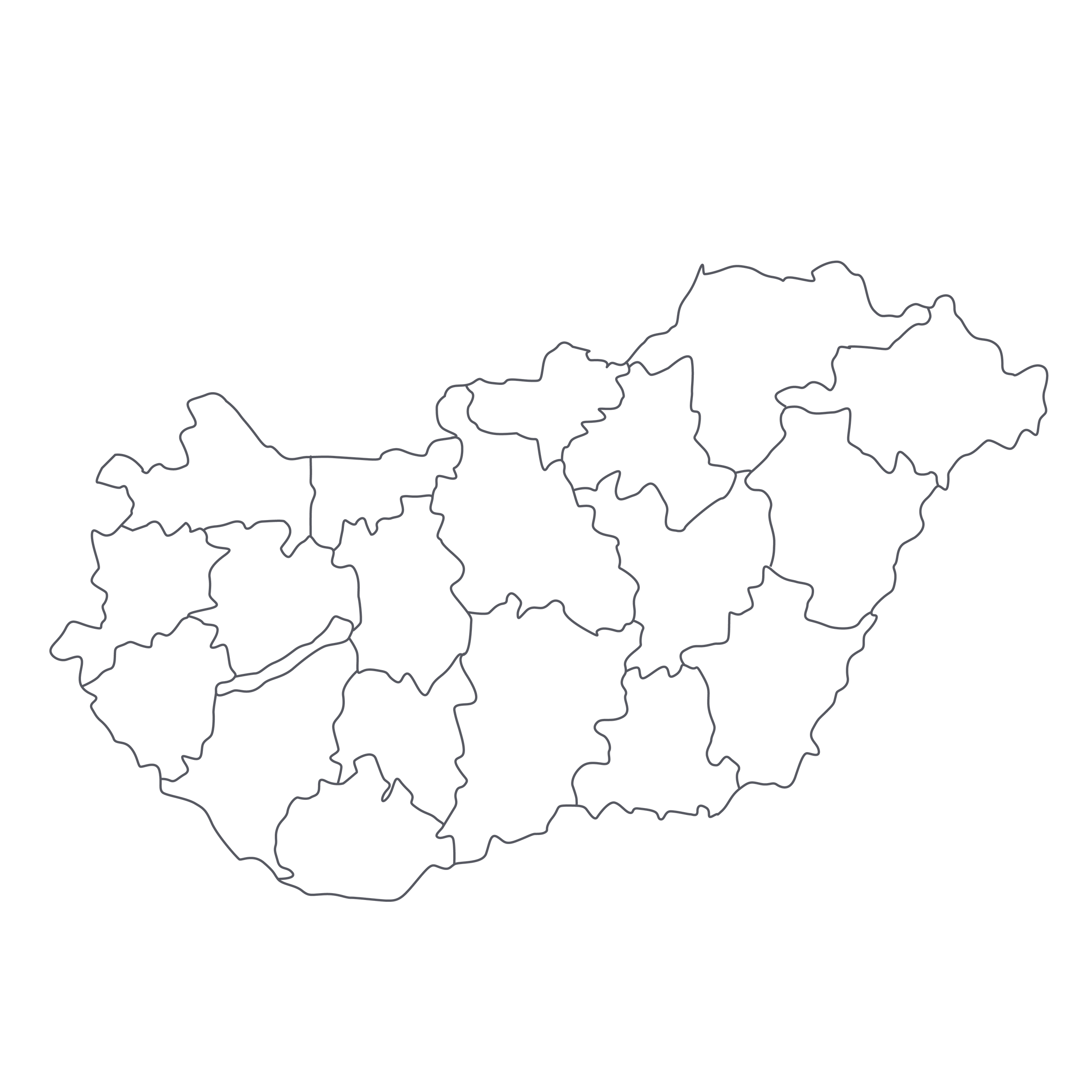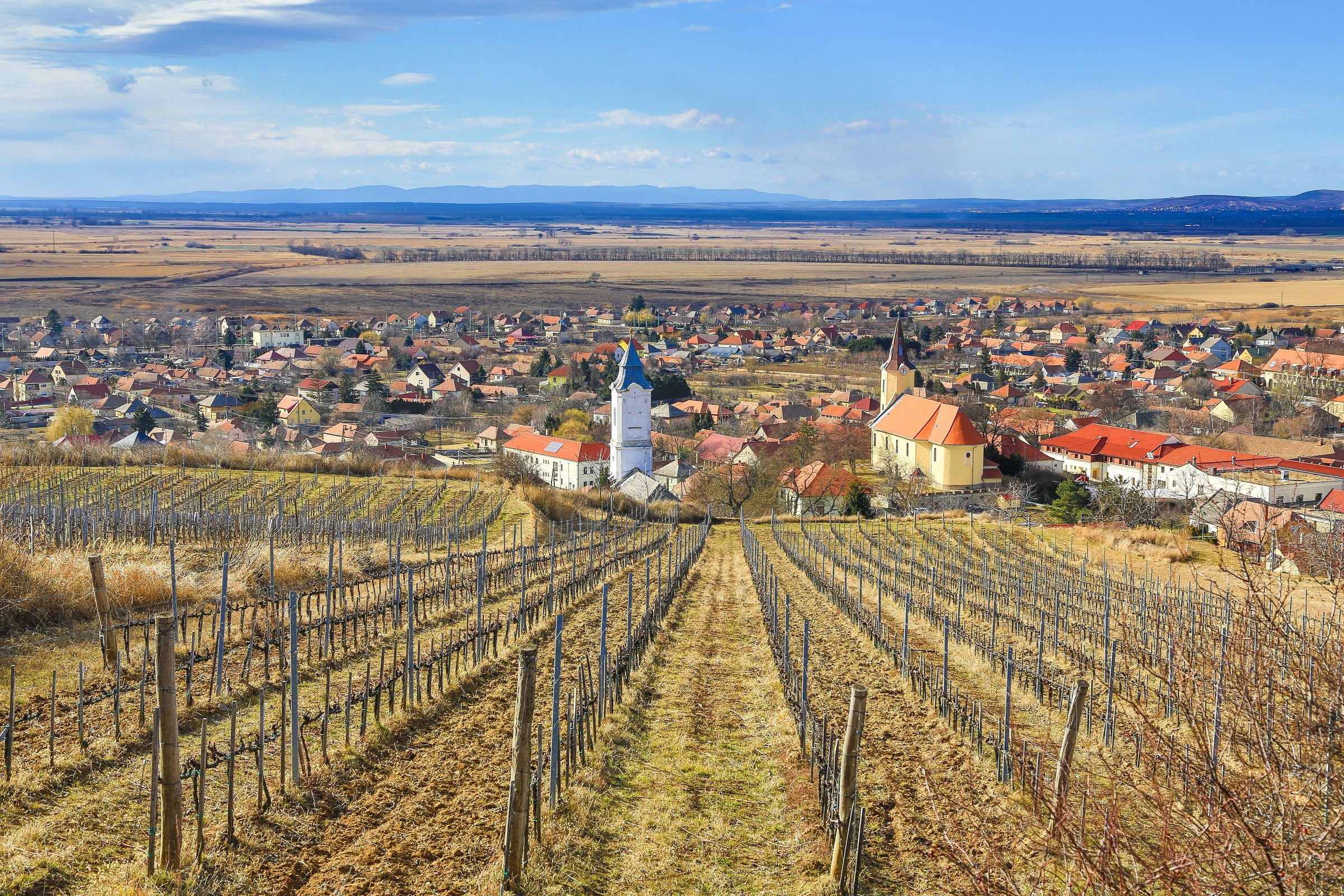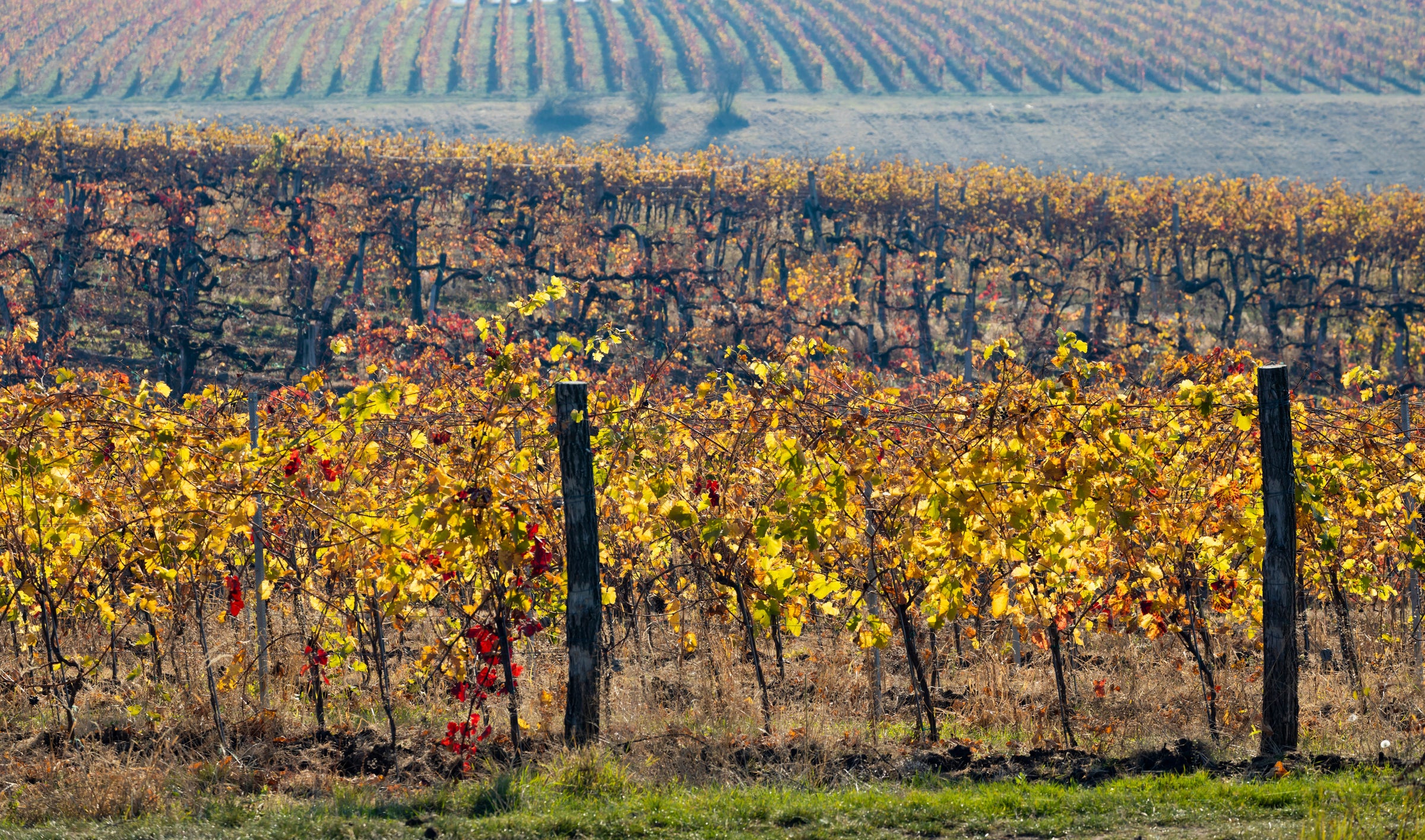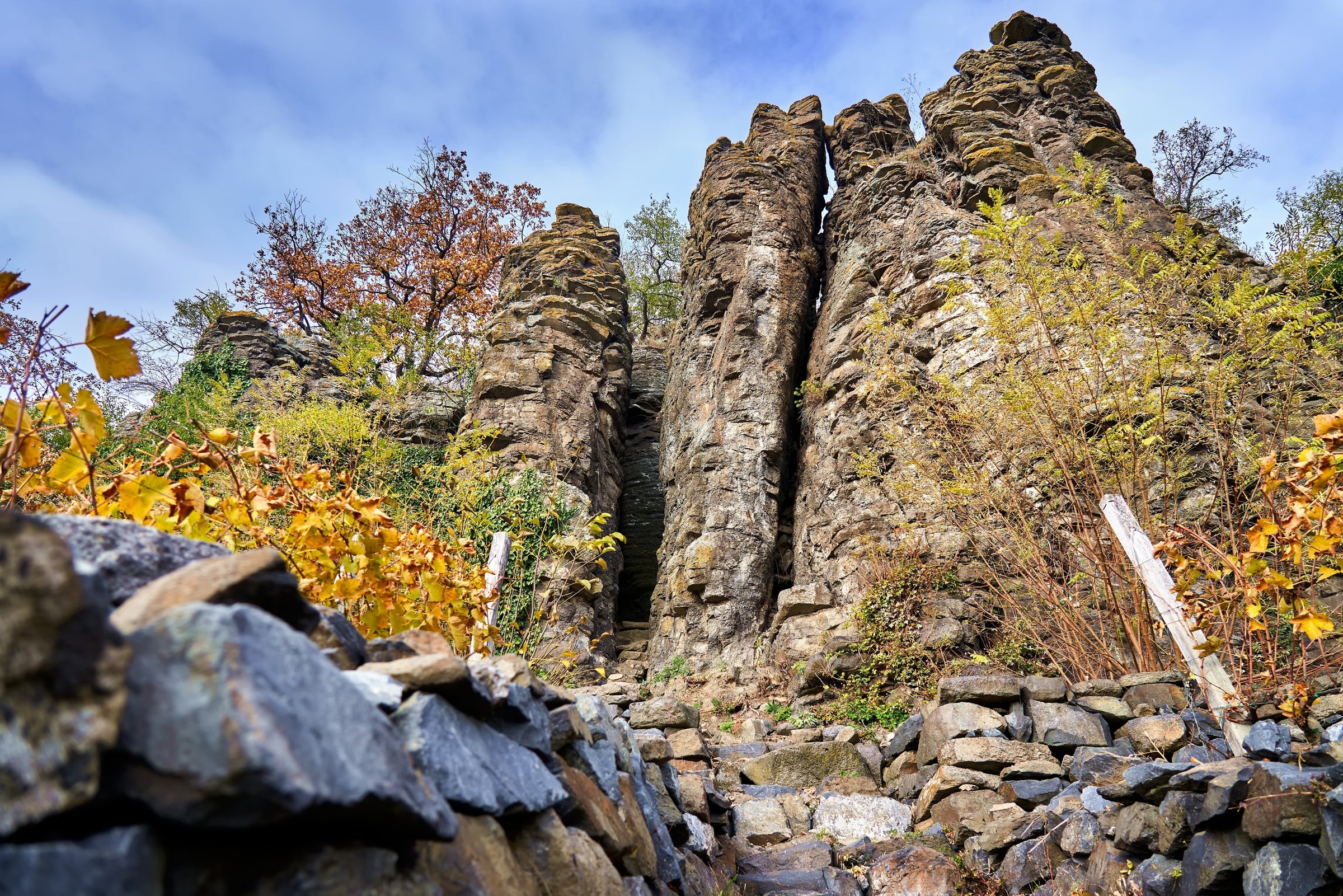“Just 600” was the importer’s answer after I asked what the total production was for today’s brilliant, mineral-infused wine. I nodded and knowingly responded, “Cases, right?” His one-word response hit hard: “Bottles.” You see, that’s the neverending allure of these tiny, one-man-show producers scattered about Europe. Everything is painstakingly done by hand in minute quantities. It’s about passion, not production, and I swear you can taste the difference. So, although there’s hardly enough wine for an offer (only a fraction of the initial 600 made it into America), we still felt compelled to showcase today’s exotic, esoteric, worlds-away white. Originating from a 100+-year-old single vineyard perched on the extinct volcano of Ság, this organic “field blend” delivers one of the most powerful volcanic footprints imaginable.
As we’ve learned, sampling a wine of this rare nature is no walk in the park: It required several entreaties and a three-hour roundtrip for the importer because he simply couldn’t sacrifice an entire bottle of wine. Coming from a fusion of Olaszrizling, Furmint, Traminer, & Hárslevelű, this mesmerizing white rocks a vivid blend of smoky minerality, honey, intense spice, and richly textured yellow/green fruit—truly, it has no analog in the taste department. If you consider yourself a hunter of the world’s most unique wines, this extremely limited Hungarian white is one fantastic addition.
During the 13th and 14th centuries, the most influential settlers in the wine trade were the German-speaking Swabians. They were known as “Ponzichter” (literally, “Bean Farmers”) because they planted beans under the grape canopy in between rows. Since beans weren’t taxed, this enabled them to feed themselves while waiting for their wines to finish. Whether they knew it or not, these legumes were also important in replacing and producing nitrogen for soil health. Coupled with the influence of Lake Fertő (aka Lake Neusiedl), they also enjoyed ample protection from extreme weather.
The winegrowing families of Sopron—the appellation of today's wine, located in the northwest reaches of Hungary—also farmed distinct single vineyard plots over generations and generations. They know how to react to difficult vintages, how best to farm each special place, when to pick, and so on. During the quantity-over-quality era of Communism, grapes were grown, harvested, and produced at an industrial level with no respect for tradition or terroir. Just imagine if all Burgundy wine was produced by a massive cooperative for 40 years—I shudder at the thought.
Enter Peter Wetzer, who recognized that Sopron’s sense of identity and authenticity has been lost. Thus, he began a micro-winery with the sole purpose to “to get it back” and “continue the past.” Peter is a fifth-generation winemaker in his family, and the four that came before him also lived in what he currently calls his own home: a small dwelling/winery with an old cellar/basement. In 2007, after a long hunt for healthy soils that had avoided industrial farming, he purchased a mere 2.5 hectares spread over five different terroirs. His discoveries were alive with flora and fauna, healthy cover crops, and low disease exposure. To preserve this completely natural state, all of his farming is carried by hand with zero tilling.
Wetzer’s special “Gemischter Satz” vineyard is largely planted to Olaszrizling but also contains smatterings of Furmint, Traminer, and Hárslevelű. It has thrived on the extinct volcanic hillside of Ság-Hegy for over 100 years, and from these ancient, low-yielding vines each cluster is hand-harvested and fermented in open-top vats. Roughly half of the juice ferments on its skins, whereas the other is pressed off the whole cluster grapes. Upon completion, the two wines are blended together and transferred into old Hungarian oak barrels for just under one year. It is bottled unfined and unfiltered. Although we haven’t tasted Wetzer’s lineup in its entirety, their importer tells us “this is the most textured of his whites and carries a heavy volcanic signature.” Hard to disagree: In the glass, today’s 2018 Ság effuses beeswax, lanolin, honeysuckle, crushed volcanic rock, smoke, damp flowers, and wood spice. And yes, there’s fruit to be had too, like underripe pineapple, sliced yellow peach, bruised apricot, and salted lemon peel. The wine is dry and full of rich, mineral-dominated textures but that shouldn’t be mistaken for mean or unforgiving. There’s plenty of pleasure and mouthwatering acidity here, and it lingers for 30+ seconds on the finish. Enjoy now and over the next 5+ years. Cheers!







